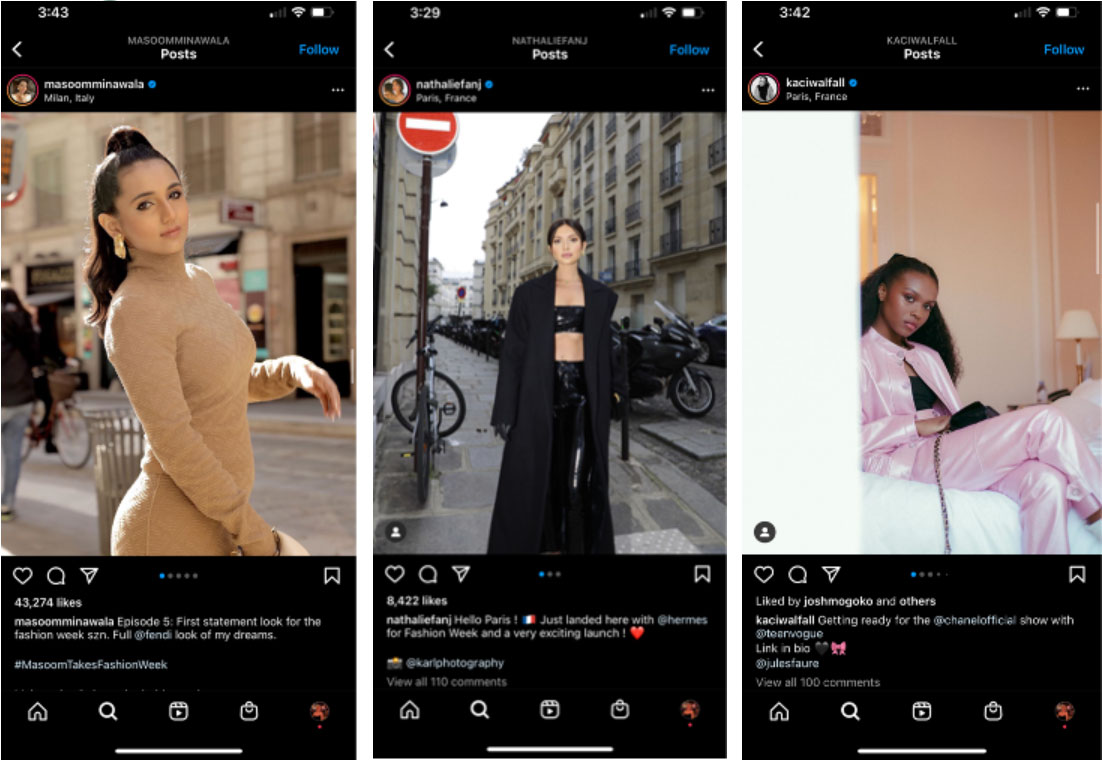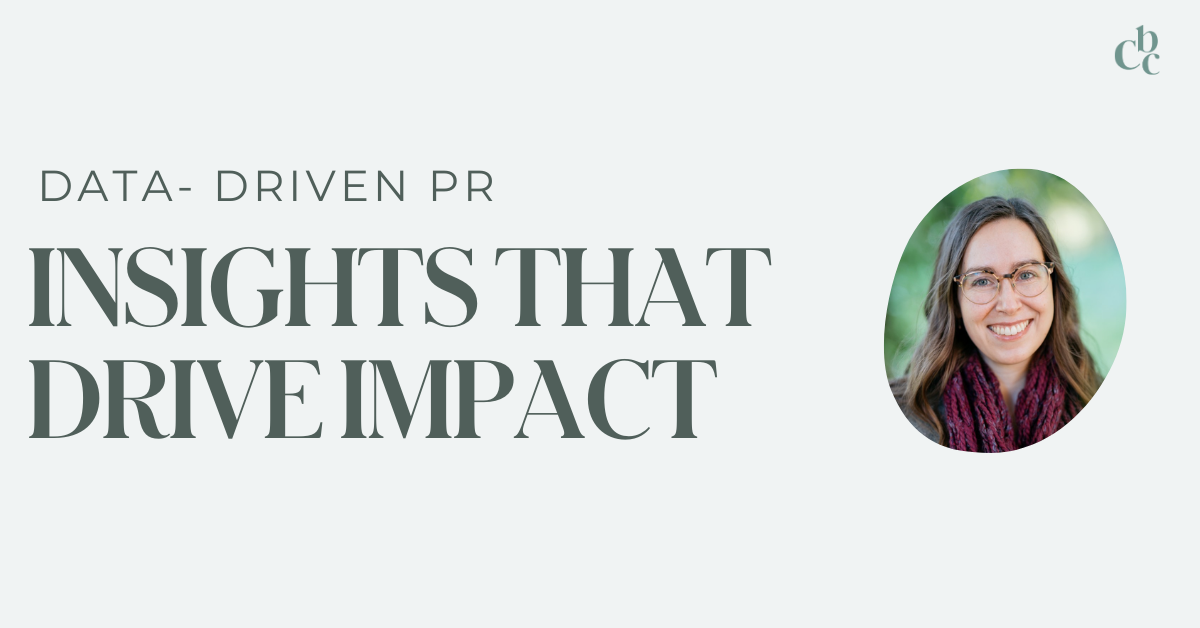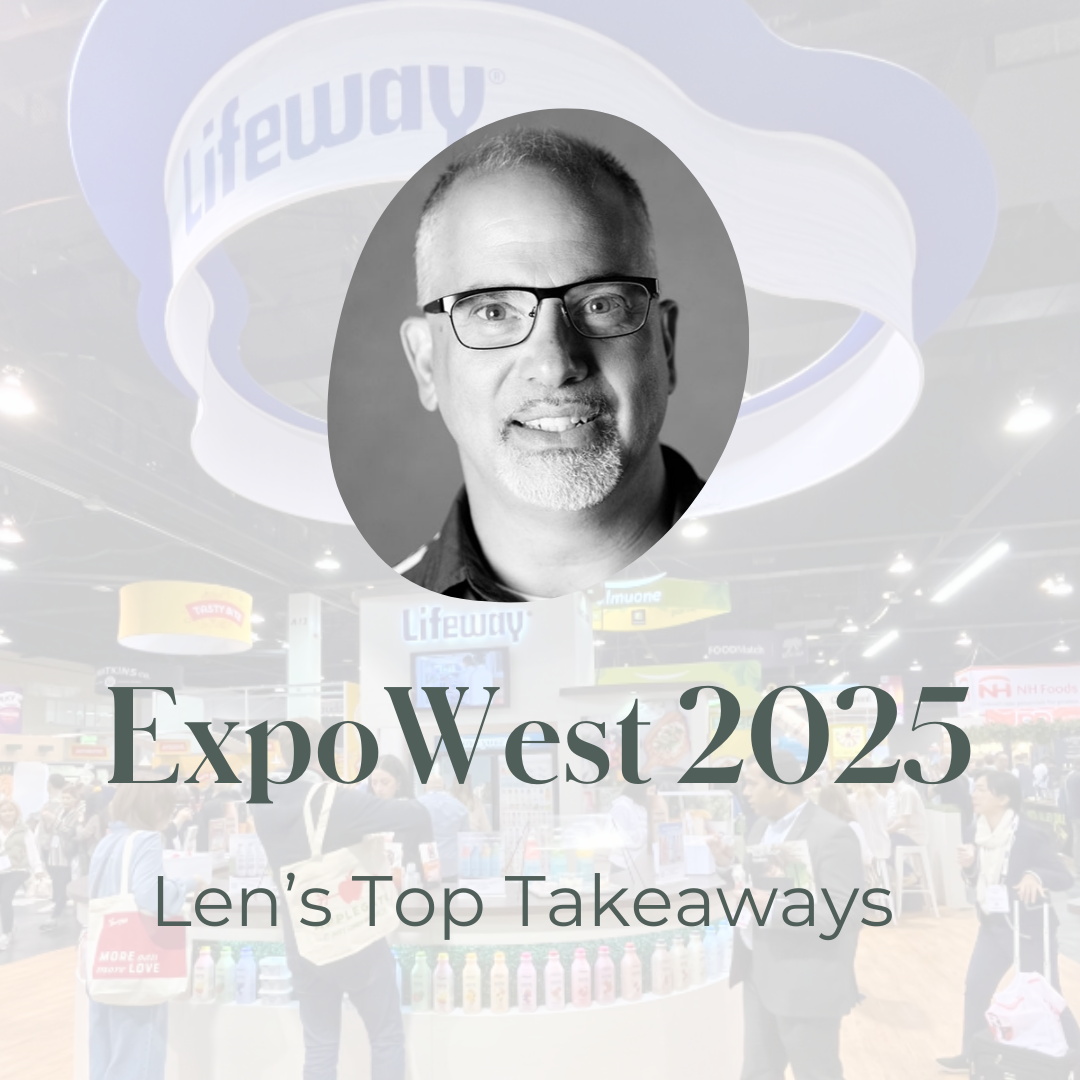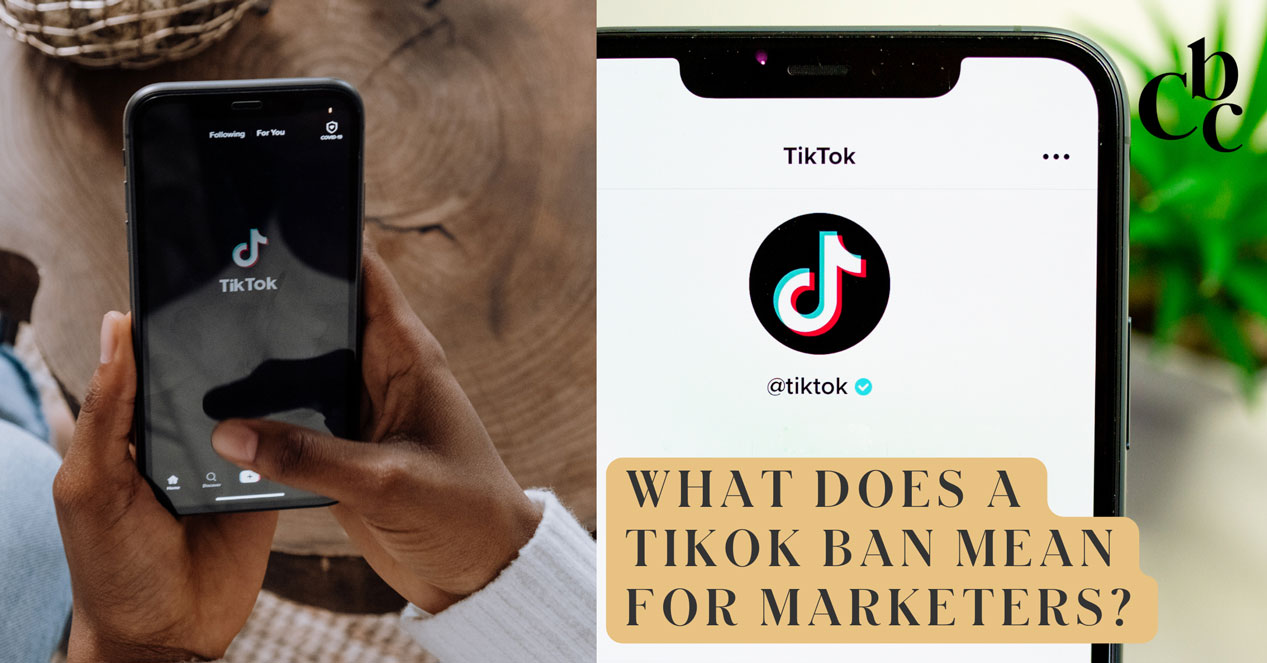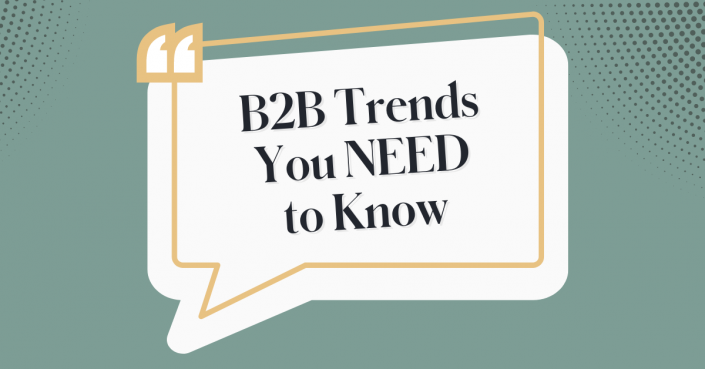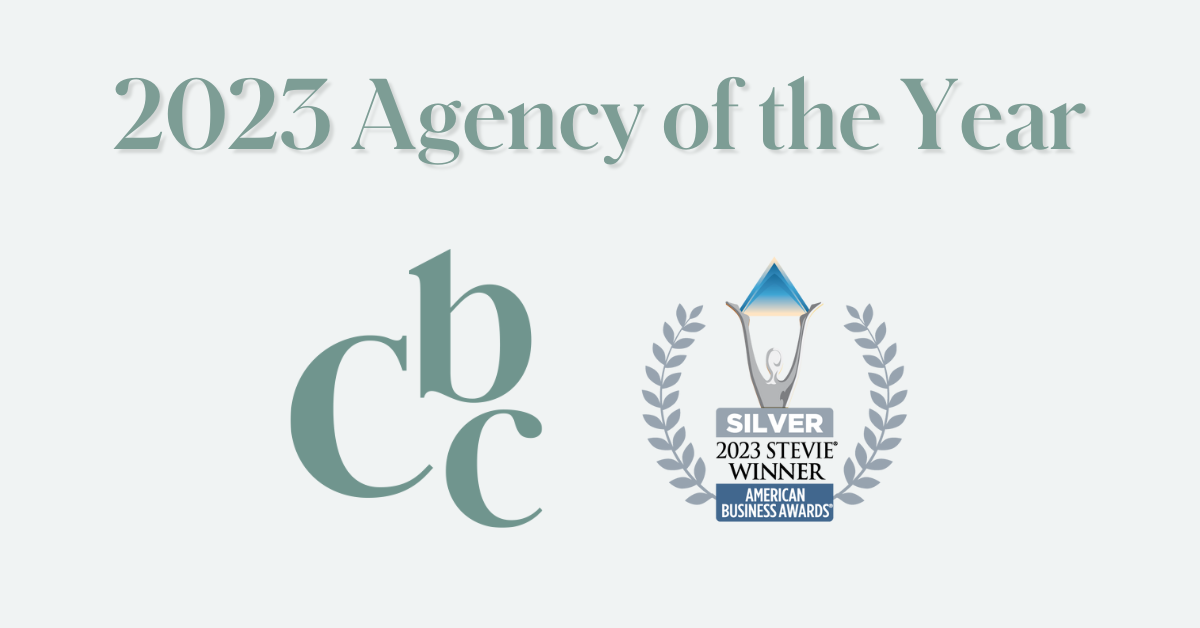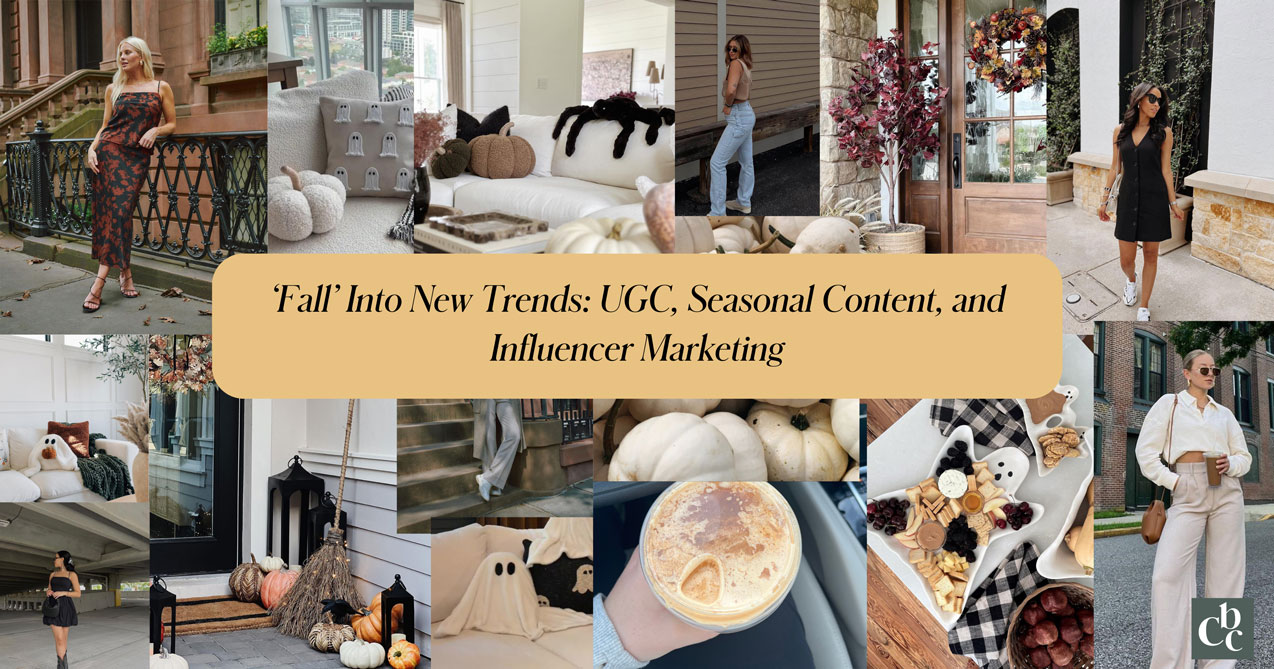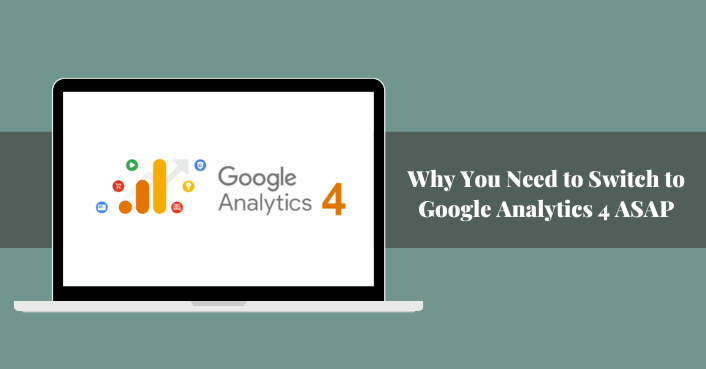Table of Contents
1. Why use influencers to promote virtual events?
2. What type of influencer should you work with to promote your virtual event?
3. Influencer marketing basics
4. 4 Ways to Incorporate Influencers into your Virtual Event Strategy
While some aspects of “normal” life are starting to return, virtual events are likely here to stay. In fact, ResearchandMarkets estimates the virtual events category to grow at a combined annual growth rate (CAGR) of 23.7% between 2021 and 2028. For brands, virtual events can serve not just as an alternative to traditional brand experiences, but can also help reach and engage new audiences. With the opportunity to reach a fresh and expanded audience, as well as capture critical audience data and save on costs, virtual events are well on their way to becoming a staple in brand marketers’ toolbox.
According to Influencer Orchestration Network, 41% of marketers claim experiential as their top channel, and close to 75% of US marketers will use influencers for campaigns in 2022. With both tactics top-of-mind for brands this year, why not combine the two efforts and create a cohesive, omnichannel experience for consumers?
Why use influencers to promote virtual events?
Consumers most often follow influencers that they find relatable and trustworthy. As such, followers often have a lot of respect for the brands and products an influencer supports. In fact, about 61% of internet users look to influencer recommendations when making purchase choices. As a result, influencers are effective at persuading audiences to purchase or learn more about the brands they promote.
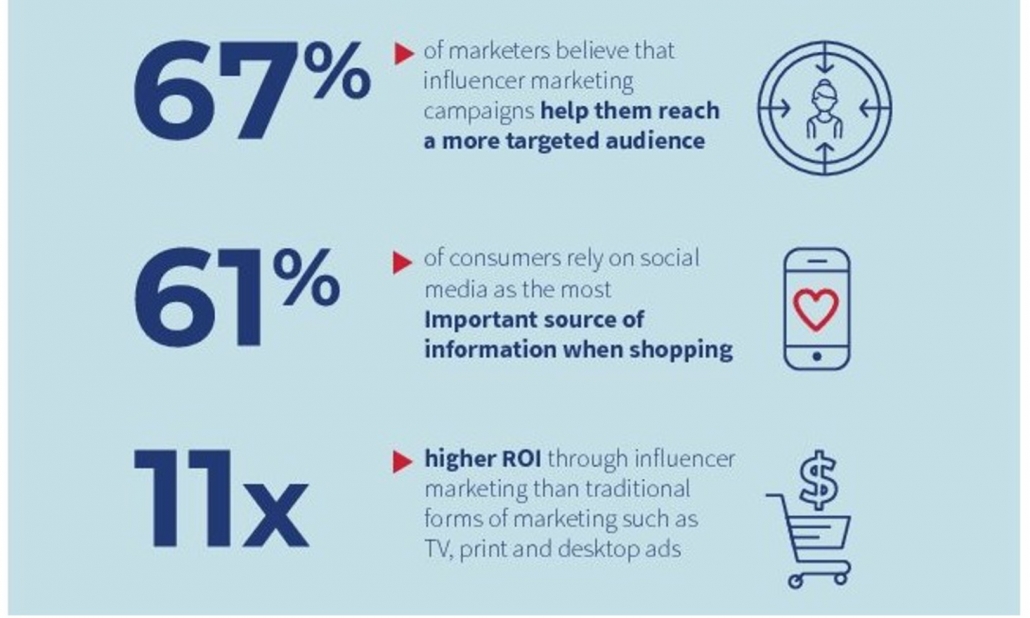
July 14, 2019 by VELOCE – Statistics on Influencer Marketing
With those facts in mind, why wouldn’t brands leverage influencers to raise awareness of or promote attendance of a virtual event? Some of the biggest brands in the world are already doing so, such as Hermes, Chanel, and Fendi for Paris Fashion Week.
What Type of Influencer Should You Work With to Promote Your Virtual Event?
Don’t just reach out to anyone – there are many different types of influencers that you could work with. Influencers vary not just by the focus of their content, but also by the size of their audience. At large, there are four types of influencers:
- Nano Influencers: less than 1k followers
- Micro Influencers: 10K to 100K followers
- Macro Influencers: 100K to 1M followers
- Mega Influencers: more than 1M followers
The type of influencer you choose should be based on your goals.
For example, Mega and Macro influencers are best for raising brand awareness on a global scale as their following is larger and typically more diverse. On the other hand, nano and micro influencers have fewer followers, but often have a tight-knit, more engaged community. These types of influencers are best for brands who want to generate engagement or speak to a highly-targeted audience.
Before you dive in…the Basics Still Apply
Your influencer marketing strategy must meet the needs of your brand. Prior to engaging with influencers, make sure to:
- Establish the objective you wish to achieve by working with an influencer – whether it be to raise awareness, increase attendance, etc.
- Define how you wish to work with the influencer. Do your research and look at the type of content they share and where their followers are most engaged. For example, you may have more success driving awareness with an in-feed Instagram post from an influencer whereas, with others, you’ll find better ROI by having an influencer speak about your brand in Instagram Stories.
- Outline how your brand will measure the success of the campaign. Will you use affiliate links or codes? Measure by number of impressions? Like any partnership, It’s important to be clear on how an influencer’s efforts will be evaluated.
Lastly, look for influencers that you can envision a long-term partnership with. Stable brand-influencer relationships helps build familiarity and trust with the influencer’s followers and allows your brand to become part of their community.
4 Ways to Incorporate Influencers into your Virtual Event Strategy
1. Use Reels
Instagram Reels are a great way to rapidly increase reach as they are (currently) favored by the Instagram algorithm and often come off as less promotional. When it comes to deciding upon a Reels strategy for your event and influencer, keep in mind your brand’s personality, as well as the influencer’s. If the influencer in question typically posts straight-forward, educational content, working with them to create a silly, dancing reel is less likely to generate the results you’re looking for. With a little bit of creativity, you can find a happy medium – content that achieves your brand’s objectives while staying true to an influencer’s core.
In the example below, travel influencer @coriefay promotes The Yacht Week by sharing a few clips from her experience the year prior.
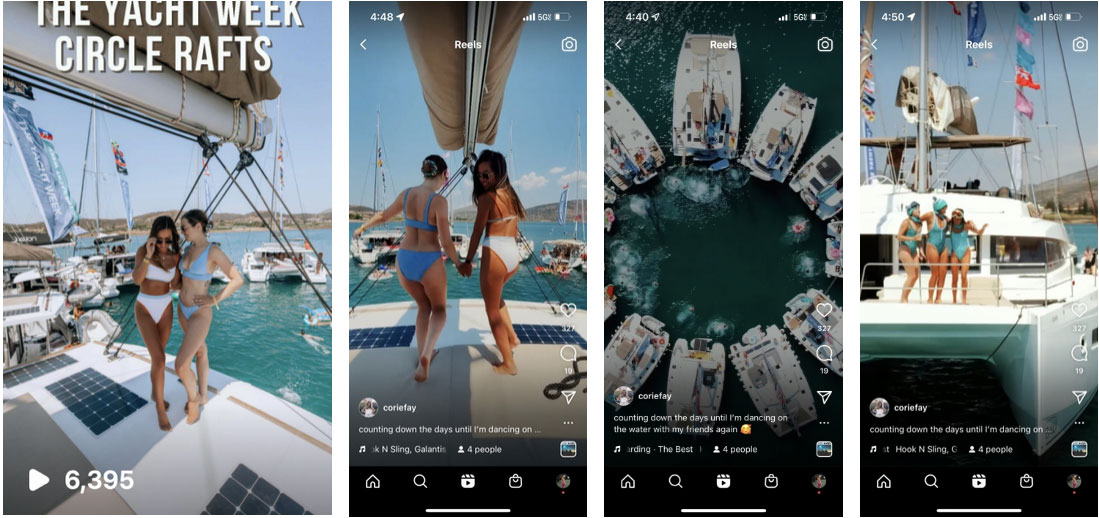
2. Post in real-time
For brands hosting a regular series of experiential, online events, allowing an influencer to post live event coverage is a great way to gain exposure and create conversation with their followers. This can be done by posting Instagram stories, tweeting event updates, or through an Instagram, Facebook, or Twitch livestream. Furthermore, live coverage is trending right now with over 80% of poll respondents favoring a livestream over a blog or social media post.
3. Use Polls and Engagement Options
Another way to drive awareness and traffic to your virtual event? Use influencers to poll their followers ahead of the event. Instagram stories provide poll and question box stickers that allow followers to share their thoughts directly. This can benefit brands not just with overall traffic, but can also provide valuable insights about this demographic and how to make the event, and future events, more appealing.
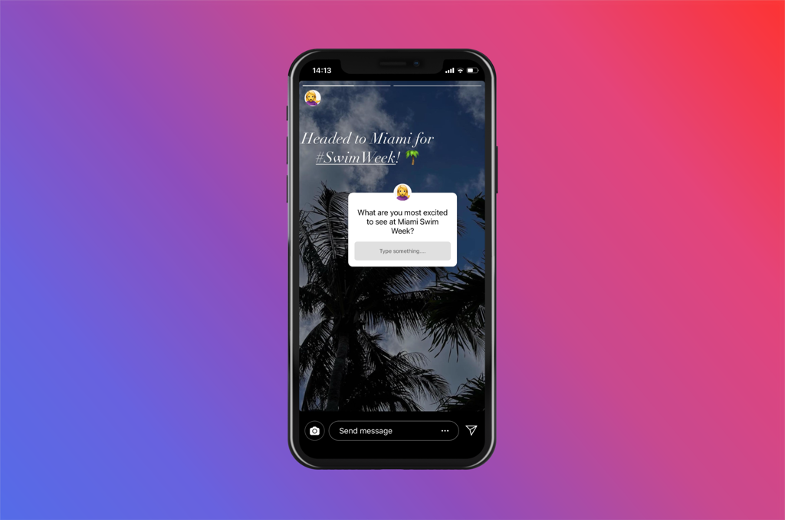
4. Keep the Event Alive with Recaps
After the event, enlist influencers to talk about the event and mention specific highlights on their channels. Brands can also leverage influencers for branded content on their site or social channels through guest blogs, videos, or other creative content that will extend the life of the event and its engagement.
For example, CBC client MegaFood worked with food influencer Kanchan Koya (@chiefspicemama) during our “What Matters” virtual campaign. After the campaign had ended, we enlisted Kanchan to share an on-brand healthy recipe to the MegaFood blog to continue driving traffic and engagement with the campaign following its conclusion.
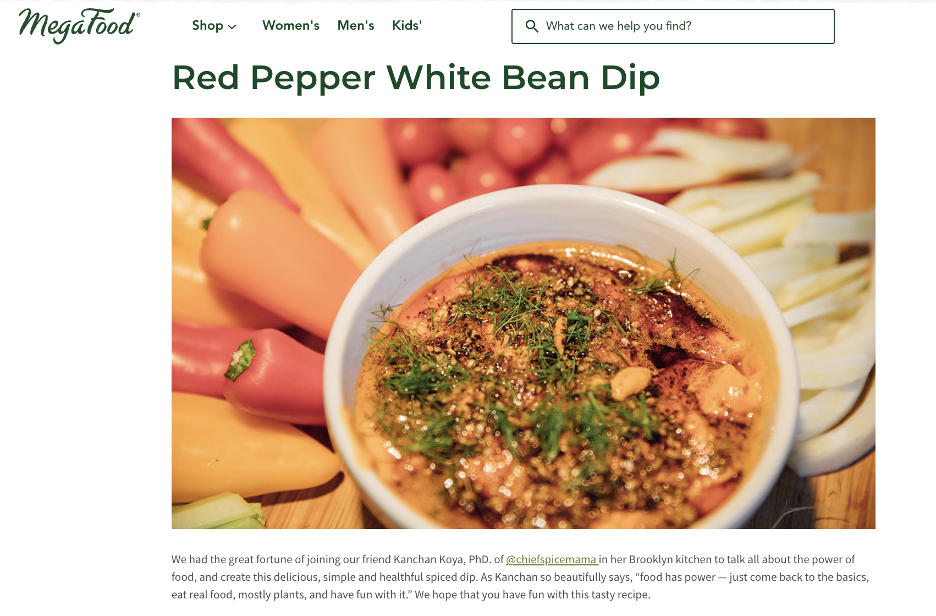
Virtual events are here to stay, and using influencers to promote such events can give your brand a larger reach and – if done right – a greater event turnout.
Influencer marketing is constantly evolving – if you need help optimizing your influencer marketing strategy, we’d love to chat.

